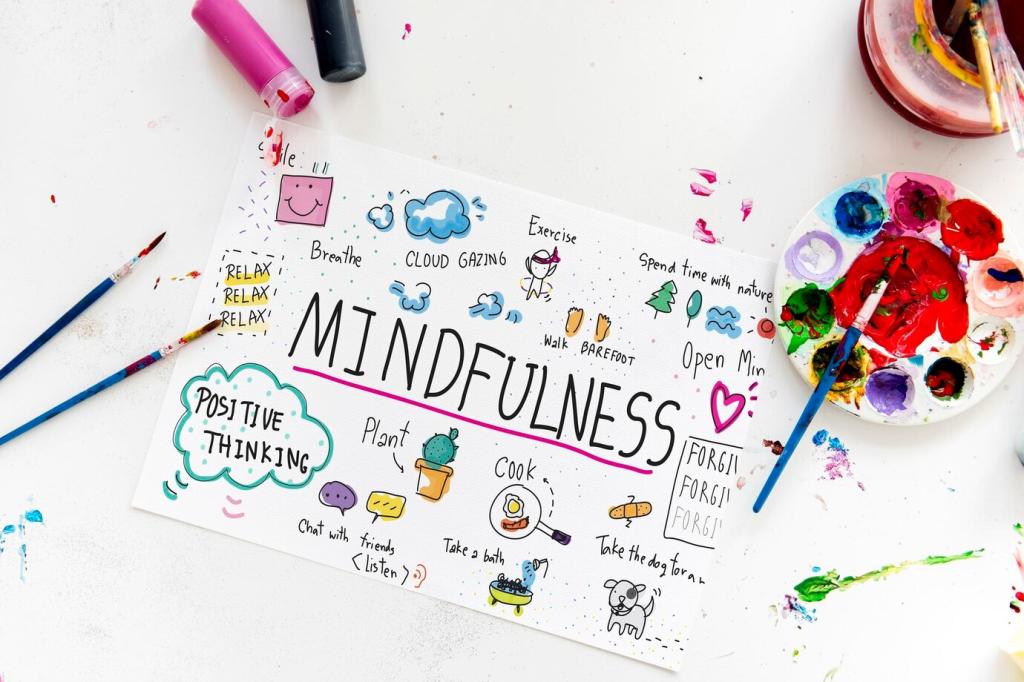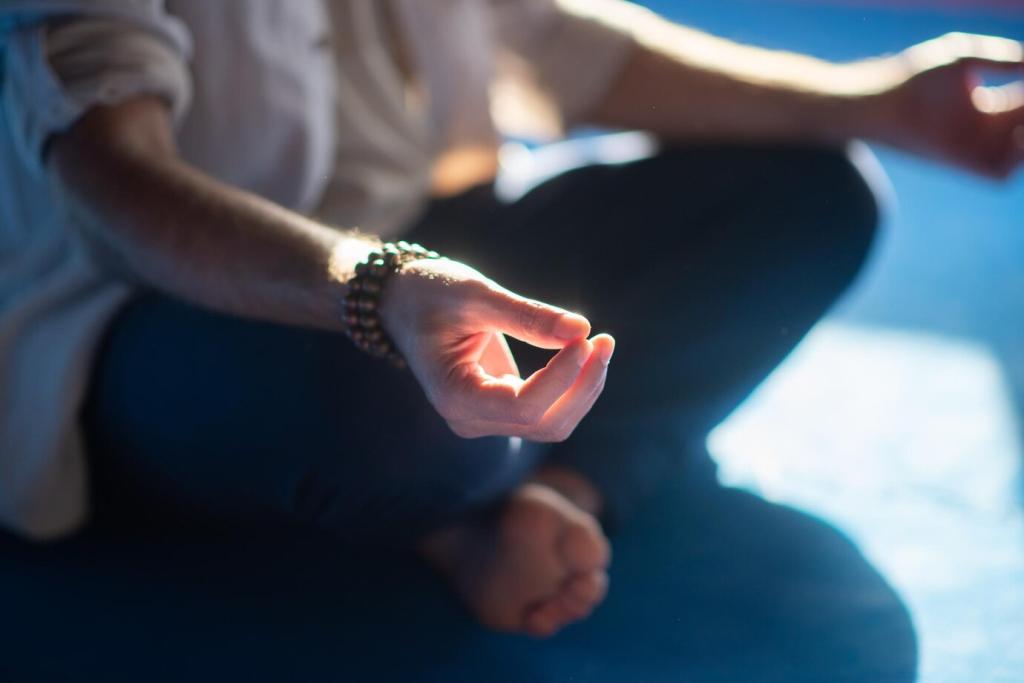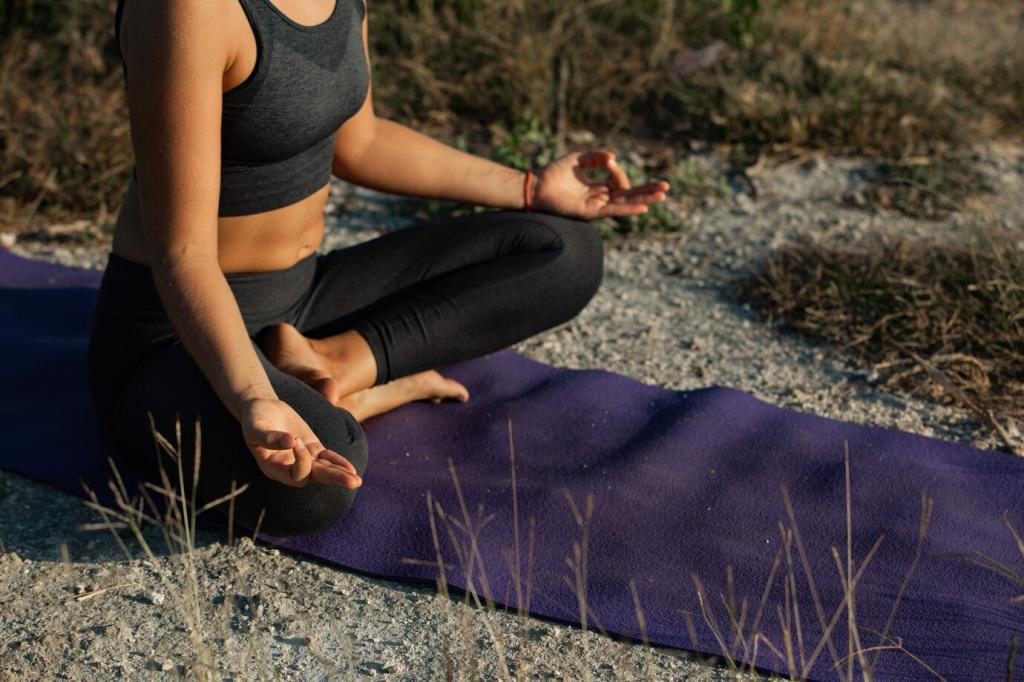
Body Scan Meditation for Relaxation and Healing
Today’s chosen theme: Body Scan Meditation for Relaxation and Healing. Slow down, listen inward, and rediscover the calming wisdom of your body. Through gentle attention from toes to crown, you’ll learn to release tension, befriend sensations, and invite the nervous system to rest. Take a breath, settle in, and join our community by sharing your experience or subscribing for thoughtful weekly practices.
What Body Scan Meditation Is—and Why It Works
Interoception—your felt sense of internal states—improves as you slowly attend to regions of the body. This gentle noticing can nudge the parasympathetic nervous system, softening stress chemistry and easing tightness. Many people report steadier breathing, warmer hands, and a quieter mind. As you practice, track changes with curiosity, and tell us what you notice most in your first few sessions.
What Body Scan Meditation Is—and Why It Works
By anchoring attention to sensations, the body scan gives restless thoughts a steady home. You are not pushing thoughts away; you’re inviting attention to rest in something immediate and kind. Over time, this helps reduce rumination and builds emotional steadiness. If this resonates, leave a comment about which body area helps you feel most present.




Chronic Pain: Changing the Relationship to Sensation
Body scans don’t promise to erase pain, but they can change how you meet it. By observing sensations with patience, many people report less reactivity, fewer fear spirals, and improved coping. This shift often makes everyday tasks gentler. If pain is part of your story, share one small moment where mindful attention helped you feel steadier.
Sleep Repair and Restful Nights
A slow body scan at bedtime signals safety, preparing the nervous system for rest. As you roll attention through the body, melting micro-tensions, you might find thoughts softening and breath lengthening on their own. Keep a simple sleep log for a week and notice any patterns. Comment with what changed—latency, midnight awakenings, or morning clarity.
Trauma-Sensitive Body Scanning
For those with trauma histories, choice and pacing are essential. Keep eyes open if helpful, skip regions that feel activating, and shorten sessions when needed. Orient to the room whenever you wish, and invite supportive grounding—feet on floor, a hand on heart. If this approach supports you, consider subscribing for our trauma-informed audio series.
Stories from the Mat: Real Lives, Gentle Shifts
After a knee injury, Maya feared every twinge. During body scans, she learned to name sensations—pressure, warmth, tingling—without bracing against them. Over a month, her strides felt smoother and her sleep deepened. She still scans calves and hips before lacing up. What movement ritual would you pair with your current practice?


Stories from the Mat: Real Lives, Gentle Shifts
Dev worked nights, buzzing with adrenaline long after shifts. He began a ten-minute scan in his parked car before driving home. With each breath, shoulders dropped, jaw softened, and the day’s stories found a resting place. He started sharing this ritual with colleagues. Would your commute benefit from a quiet pause like Dev’s?
Your 10-Minute Guided Body Scan
Settle, breathe naturally, and bring attention to your toes. Notice temperature, pressure, or subtle pulsing. Move through arches, heels, ankles, and calves. If you meet tension, acknowledge it kindly and continue. Let exhalations lengthen. Engage with us by noting the first area where you felt a clear shift or softening.

Overcoming Common Hurdles with Kindness

If attention jumps, widen your focus to include the whole body breathing for a minute, then return to a smaller region. Shorten the session if needed. Consistency matters more than duration. What tiny habit—calendar reminder, post-it note, or friend text—could help you show up tomorrow?
